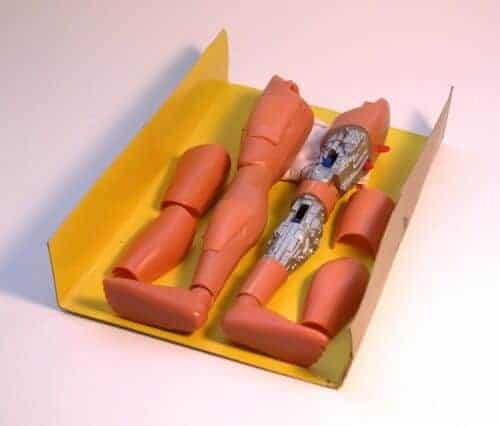Using a mobile MRI truck, researchers followed runners for 4,500 kilometers through Europe to study the physical limits and adaptation of athletes over a 64-day period, according to a study presented today at the annual meeting of the Radiological Society of North America (RSNA).
“The fact that ultra-distance running places stress on the body has been well documented,” said Uwe Schütz, M.D., a radiologist and specialist in orthopedics and trauma surgery in the Department of Diagnostic and Interventional Radiology at the University Hospital of Ulm in Germany. “Our research provides detailed information on how the various organ systems change and adapt in response to that stress.”
The Trans Europe Foot Race (TEFR) took place from April 19 to June 21, 2009. It entailed running 4,487 km starting in southern Italy and ending in the North Cape in Norway without any day of rest. Forty-four of the runners (66 percent) agreed to participate in the study.
The research team’s most important tool was a 1.5 Tesla MRI scanner mounted on a mobile unit, the only one of its kind in Europe at that time. Each participant was scanned every three to four days, resulting in 15 to 17 MRI exams over the course of the race. The runners were also randomly assigned to additional examinations, and protocols were created for daily urine, blood and other tests.
The results showed that with exception to the patellar joint, nearly all cartilage segments of knee, ankle and hind-foot joints showed a significant degradation within the first 1,500 to 2,500 kilometers of the race.
“Interestingly, further testing indicated that ankle and foot cartilage have the ability to regenerate under ongoing endurance running,” Dr. Schütz said. “The ability of cartilage to recover in the presence of loading impact has not been previously shown in humans. In general, we found no distance limit in running for the human joint cartilage in the lower extremities.”
MRI investigations of the soft tissues and bones of the ultra-runners’ feet showed a significant increase of the diameter of the Achilles tendon. “We found no relevant damage to bone or soft tissues in the 44 runners,” Dr. Schütz said. “The human foot is made for running.”
The researchers also looked at how ultramarathon running affects brain volume. Baseline comparison of TEFR participants and controls revealed no significant differences in gray matter volume. At the end of the race, MRI of the brain revealed about a 6.1 percent loss of gray matter volume in the runners. After eight months, gray matter volume had returned to normal levels.
Although the finding on gray matter volume loss while running is astonishing, Dr. Schütz said, it is not cause for alarm.
“Despite substantial changes to brain composition during the catabolic stress of an ultramarathon, we found the differences to be reversible and adaptive,” he said. “There is no lasting brain injury in trained athletes participating in ultra-running.”
If our reporting has informed or inspired you, please consider making a donation. Every contribution, no matter the size, empowers us to continue delivering accurate, engaging, and trustworthy science and medical news. Independent journalism requires time, effort, and resources—your support ensures we can keep uncovering the stories that matter most to you.
Join us in making knowledge accessible and impactful. Thank you for standing with us!

